Do dogs have panic attacks? Many things can cause fear in our dogs, like loud noises or separation anxiety. As a result, they may shut down and start to feel stress and anxiety. Being alert or scared is normal behavior, but can they have panic attacks? Dogs can demonstrate their fears through other physical behaviors because they cannot vocalize their thoughts with words. Your dog may show fearful behavior by trembling, panting, seeking a hiding place, and many other signs of anxiety.
In this article, we'll help you identify panicked behaviors, what to do when your dog is scared, and how to help calm them down during these episodes. Read on to learn great tips so you know what to do next time they start freaking out!
What is a Panic Attack?
A panic attack is a sudden episode triggered by an overwhelming situation or an intense sense of fear. Panic attacks can take on several different physical responses, such as:
- Increased heart rate
- Sweating
- Trembling
- Fatigue
- Shortness of breath
Panic attacks can be triggered by several external reasons, such as stressful situations, new environments, and social gatherings. However, genetics, various phobias, and reminders of traumatic experiences can also cause someone to panic. Other factors that can tie into the risk of a panic attack are your overall health, diet, job, medication, and caffeine.
Panic attacks can range in severity and can happen at any moment. Usually, they can last anywhere between 5-20 minutes, but there are rare instances when they can go on longer. A panic attack can leave you or your dog feeling exhausted, tired, and a bit anxious.

Is It Possible for Dogs to Experience Panic Attacks?
Like humans, dogs can also have panic attacks. When dogs experience panic attacks, they can also feel an increase in heart rate, rapid breathing, and trembling. Other signs or body language that a dog could be suffering from a panic attack include:
- Drooling
- Tucked tail
- Whining or barking
- Excessive biting or licking fur
- Extreme attachment to you
- Vomiting
- Involuntary urinating
- Upset stomach
A dog's panic attacks usually only last for a few minutes, but it can feel like a long time for them. Panic attacks can be especially scary for your dog since they can sometimes occur out of nowhere. Some external factors can play a role in triggering a dog's panic attack, such as thunderstorms, fireworks, confined environment, separation anxiety, and new environments. A dog's panic attacks can also be due to underlying medical conditions or genetics.
Dog Panic Attack Symptoms
There are four main categories of panic attacks in dogs that can be grouped into: confinement, separation, travel, and dog anxiety attack.
Confinement Anxiety
Panic attacks as a result of confinement anxiety may be due to your dog's environment. Being confined in a yard, room, kennel, or small enclosed space can cause your dog to panic and freak out. The fear of being trapped can be triggering and make your dog feel anxious, leading to a panic attack.
Depending on the size of your dog, you want to make sure they have enough space to play and run around in. For larger dogs they will most likely need a backyard or daily trips to the dog park to run around and be free.
Separation Anxiety
Can dogs have anxiety attacks? Separation anxiety occurs when your dog is left alone or feeling the loss of a loved one. Most dog breeds are extremely attached to their families and will experience some level of separation anxiety every time you go to work. Some dog breeds are needier than others, so be sure to never leave your dog alone for too long. If your dog loses a friend, it may be harder on them, so you want to make sure to let them know that they are loved!

Travel Anxiety
Travel anxiety can be due to your dog getting motion sickness, being confined in a vehicle for a prolonged amount of time, or going to unfamiliar places. Whether you take your dog on a car ride, a flight, on a bus, or any other kind of trip, a panic attack in dogs could occur if your dog feels overwhelmed and uncomfortable.
A great way to calm them down is with CBD dog treats to help them relax and not be as fearful! You also might want to ease them into traveling by taking them on short car rides before they go on long road trips or flights.
Noise Anxiety
Dogs have extremely sensitive hearing! So when dogs hear loud noises such as fireworks, thunder, traffic, or alarms, it can cause serious anxiety and potentially a panic attack. CBD dog treats also work great here, but you can also create safe spaces for them to retreat to! As long as your dog knows they are protected and sheltered, they are more likely to avoid panicking altogether.
Are Panic Attacks in Dogs Common?
Although a dog dealing with panic attacks is a common occurrence, you should still treat them with care and love. Dogs are emotional creatures and have their own fears that can trigger anxious behavior and panic attacks. There will be moments in every dog's life where they will face their fears and may not know how to handle them.
At that moment, when your dog is in the midst of a panic attack, you can sometimes feel helpless as a puppy parent, but panic attacks happen to all kinds of dogs. However, you don't need to worry because there are some great ways to help calm them down!
Related Post: Why Is My Dog Scared of Everything Best Ways to Help
Signs of Panic Attacks in Dogs
Panic attacks for dogs can happen at any time without warning. Here are several early signs that your dog could be experiencing a panic attack.
- Increased heart rate
- Difficulty breathing
- Drooling
- Pacing
- Excessive barking or whining
- Tail tucked
- Hiding
- Trembling
- Gnawing at skin/fur
- Loss of appetite
- Dilated pupils
- Scratching
- Vomiting
- Urinating
Every dog is different, and each panic attack is a unique situation. If you notice any of these signs, you may want to find ways to calm them down and help them feel safe!

How to Calm a Dog That's Having a Panic Attack
If your dog has regular panic attacks, you may want to bring them to the vet to see what they recommend for your dog. They may have an especially fearful personality, but much of it comes from early socialization and training. Here are some great ways to calm your dog during a panic attack!
Create A Safe Space
Providing your anxious dog with a safe space in the house while they are feeling scared is crucial. When your dog is experiencing a panic attack, they can lose a sense of the environment and behave differently. So if you provide your dog with a familiar space that includes a bed, a favorite blanket, or a toy, they might feel more comfortable whenever they feel a little scared.
Especially during holidays like New Year's Eve or Fourth of July, where there is expected to be fireworks, setting up a safe space for your dog for when the loud noises begin will help them out.
Comfort Your Dog
Sometimes your dog just needs to know they will be okay and may seek your attention. Staying nearby or holding your dog while during a panic attack can help them get through the episode. The more your dog knows that you will always be there for them may help build the confidence to deal with unfamiliar situations or noises.
Exercise
Like us humans, exercise is a great way to reduce stress and clear one's head. Going out for a long walk or playing with your dog may help with reducing stress and ultimately reduce their chance of suffering panic attacks. Regular exercise is not only needed for your dog's physical health, but it can help their mental health as well.
Related: How Much Exercise Does a Dog Need Everyday?
Medication
If you take your dog to the vet, they can provide you with different kinds of anxiety medication for your dog. If your dog experiences severe panic attacks regularly, providing them with medication may be your best bet.
CBD Treats
Giving your dog CBD in the form of treats or oil can be an excellent way to calm your dog during a panic attack. But how does CBD work? CBD, or cannabidiol, is a compound extracted from the hemp plant and can provide soothing and therapeutic benefits to help them manage nervous or anxious behaviors. CBD interacts and supports the endocannabinoid system (ECS) in our bodies to help us reach an internal balance.
The ECS regulates the body's natural functions such as mood, sleep, appetite, digestion, and many more. The great thing about CBD is that the effects are non-psychoactive and won't leave your dog feeling high. CBD dog treats are a fantastic way to help your dog if they are feeling scared or nervous. The soothing effects of the dog treats can help them get through a panicked episode, and they might not even react to outside stressors.
At HolistaPet, we carry fantastic calming dog treats! Whether you are looking for easy-to-eat, soft dog chews or delicious Green Apple & Peanut Butter-flavored dog treats, we love feeding our dogs these snacks to manage their nervous behaviors. CBD oil for pets is another one of our favorite ways to manage a stressed-out pet. You can add a few drops to your dog's food and water or drop it straight into their mouth. Watch the CBD work its magic as your dog won't even feel bothered by the loud noises outside!
Our products at HolistaPet are made with all-natural, organic ingredients to help your dog stay as healthy as possible. We don't use any additional chemicals or preservatives that could potentially be harmful. If you haven't tried CBD for your dog yet, it could be a great opportunity to give them a healthy and safe treat while avoiding medication.
Final Thoughts
Panic attacks for dogs can be scary, but with the right knowledge, they are easily manageable. The ultimate goal is to make sure that our furry friends feel safe and protected at all times. It may take a few tries to see what method works for your dog, but with enough care and love, we know that you'll figure it out!






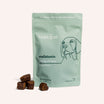
![Probiotics For Dogs [Soft Chews] - HolistaPet](http://www.holistapet.com/cdn/shop/files/Probiotic-Infographic-1_472d7a29-e30c-435a-9638-1365d8c3a9f9.jpg?v=1725384841&width=104)
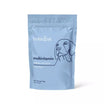





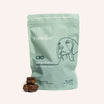






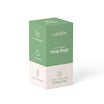

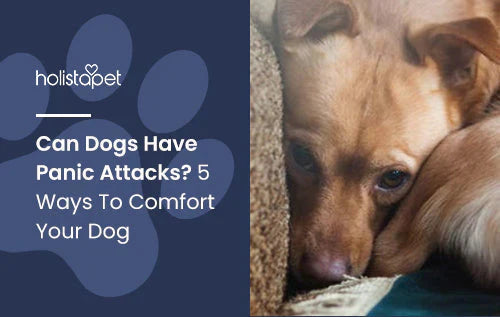



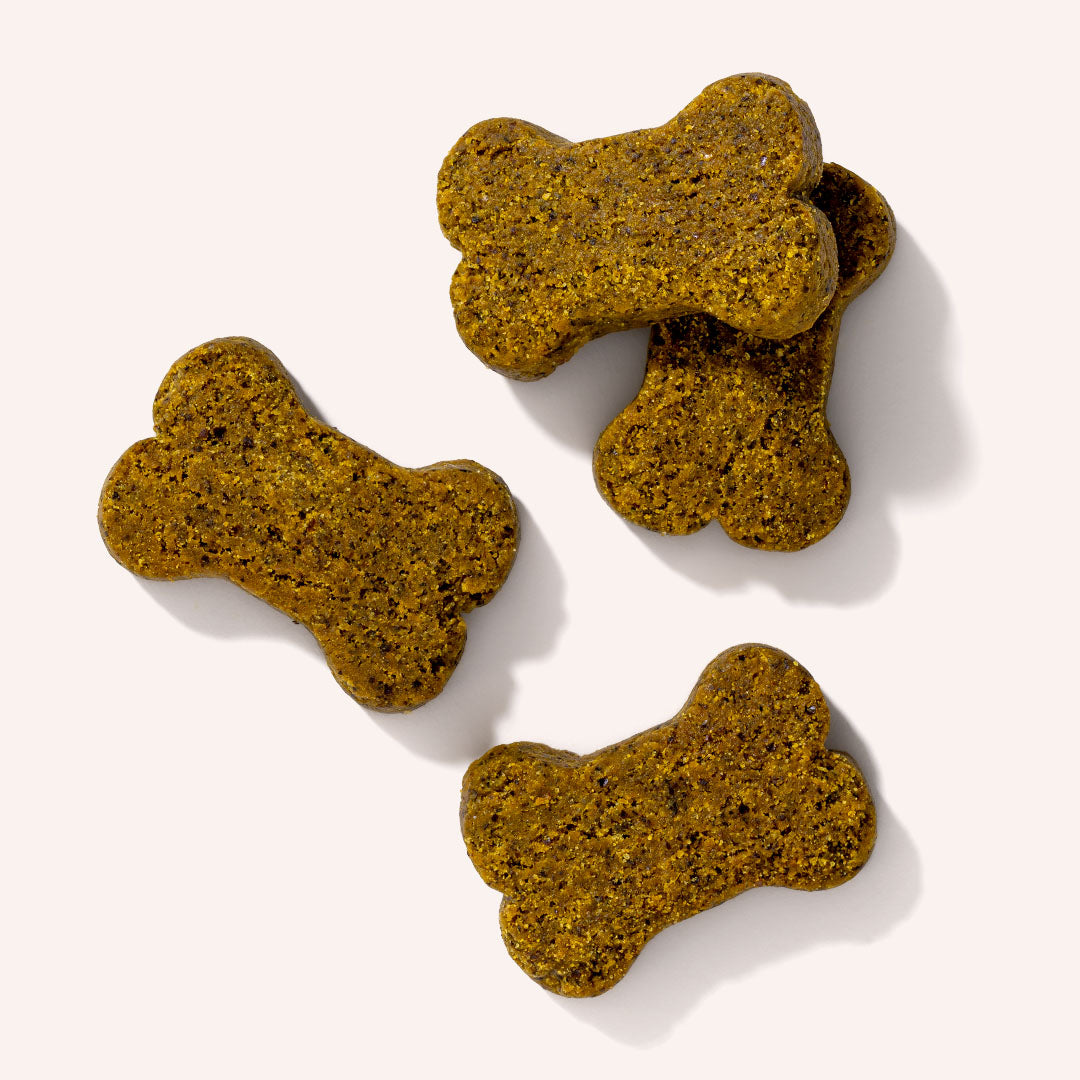

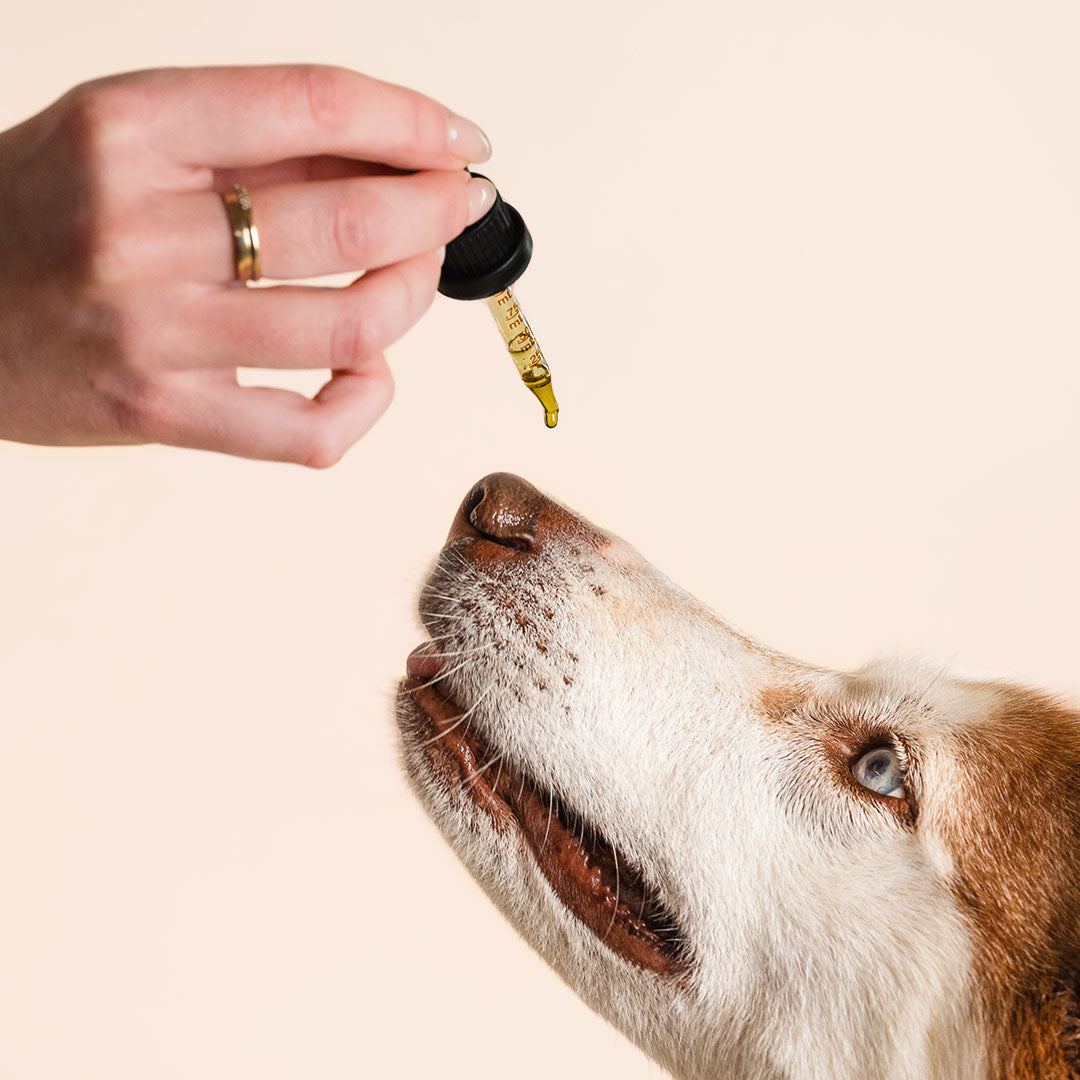



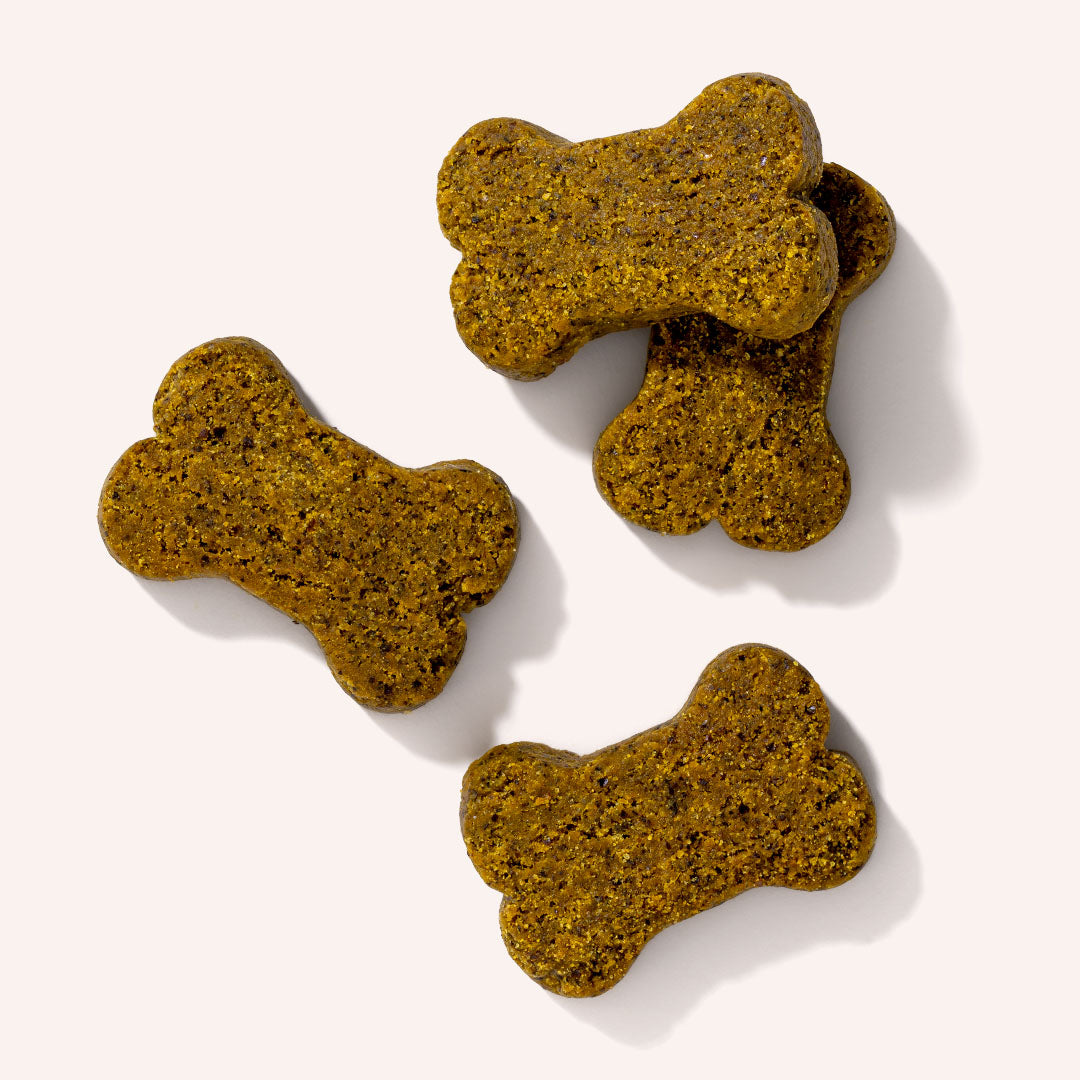

Leave a comment
All comments are moderated before being published.
This site is protected by hCaptcha and the hCaptcha Privacy Policy and Terms of Service apply.